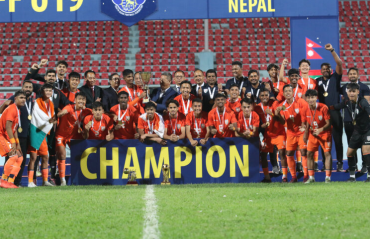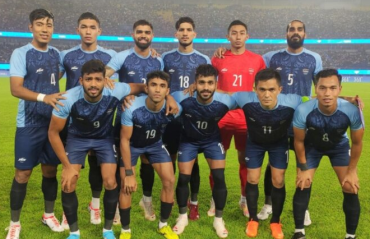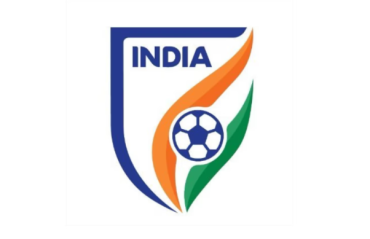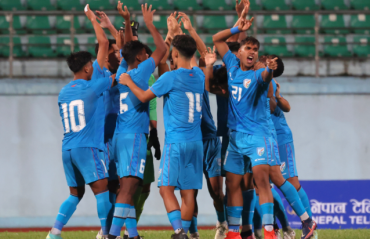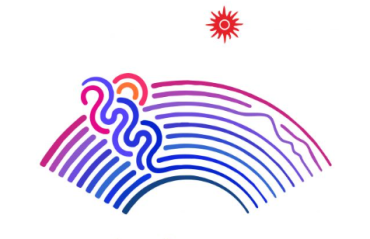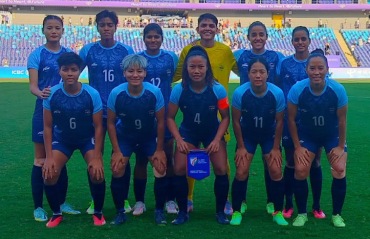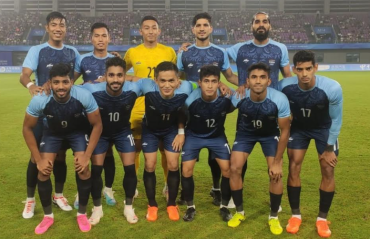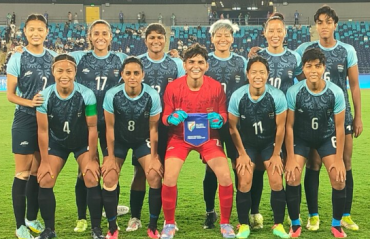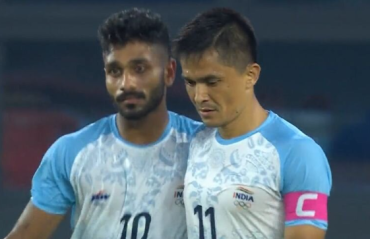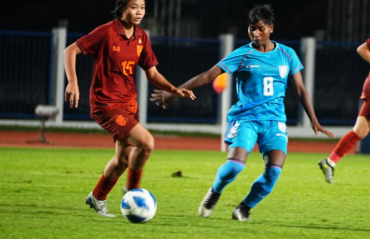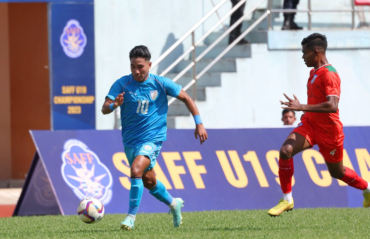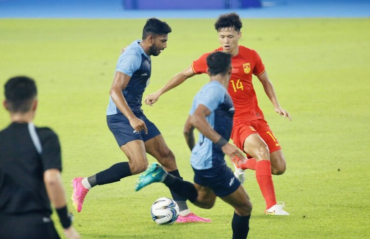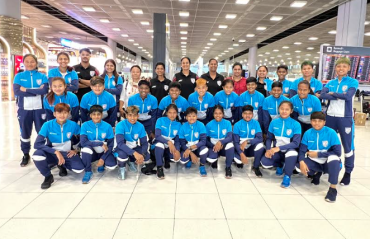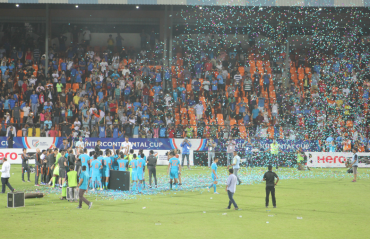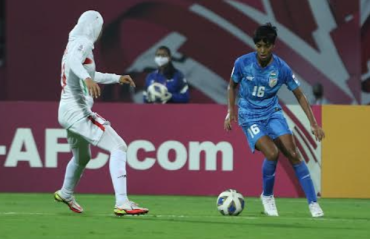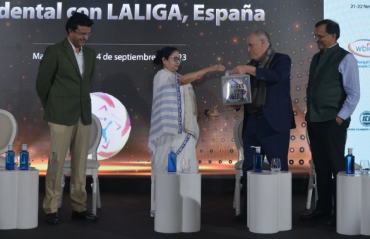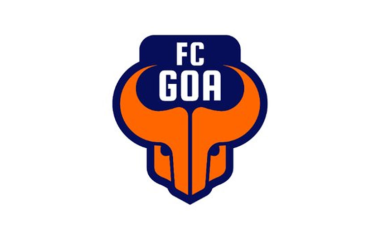We can have open leagues NOW, not later
- By Chiranjit Ojha

- May 16, 2018

1. We can have open leagues NOW, not later
Previous reports have mentioned that this report suggests that a new unified league system be adopted in Indian football from season 2019-20 onwards.
We know that ISL is to be appointed as the new top division league, its teams to be expanded from 10 to 12 (at least) by admitting two new clubs; it may be on the basis of performance in I-League or just teams picked through an open tender. It's also known that the idea is to add new teams every year so that we have a 16 team top flight league in a few years.
But the biggest contention to this arrangement is that several clubs who play in the I-League, top division clubs who earned their place by footballing merit, will be forcefully relegated to second tier and on top of that, may not be given an opportunity to win their way back up to the top league until promotion-relegation is implemented between ISL and the second tier a few years later.
While the report accepts the initial relegation, it does suggest a way so that the clubs in second tier at least are not left without a way to get back up. In page 9, the report says,
"Tier 1 to increase to 16 teams in 2021-22 (which would be the number at which Tier 1 would then operate into the long-term). To be achieved as above: either (a) one through sporting pathway and one through financial investment path; or (b) two through sporting pathway. At the end of the 2021-22 season, there would be promotion and relegation of 2 up/2 down. There is an alternative approach, which could be adopted to reflect the intent of the original 10-year “no relegation” window on the establishment of the ISL. That would be to increase Tier 1 to 15 teams in 2021-22 with the champion of Tier 2 (and no relegation at the end of 2021-22), and to repeat in 2022-23 so that the Tier 1 is 16 teams. Relegation would therefore commence that season at 2 up/2 down. It is understood that this is earlier than the 10 years, but we do not consider that this should be material for the original ISL teams, or even the later additions."
It's the "alternative approach" that's interesting here. It suggests that instead of holding more tenders to add teams on the basis of money alone, let's just allow the second tier champions to get promoted to ISL on merit alone, while having no relegation till the original ISL contracts run out. This will increase the number of teams in ISL, and at the same time invigorate the second tier by offering them a real growth opportunity instead of leaving them with an uncertain future that may cripple the lower league for years.
It seems like the intuitive thing to do but the concern here is, how does it serve the financial interests in IMG-Reliance who insist on charging a premium franchise fee from any team wishing to play in the ISL; it's a core part of their business model. Allowing a club to get in by merit undermines that, since most of the existing independent clubs are unlikely to raise the high price for an ISL entry on their own.
The report tries to address the concern by suggesting a revamp of the franchise fee structure,
"Our view is that the existing ISL club participation fee (what some called “franchise fee”) terminates at the conclusion of the season at the end of which relegation commences. This is on the basis that the participation fee has guaranteed participation in the ISL/Tier 1 of the paying clubs for the period until the beginning of relegation. The clubs joining Tier 1 to take the total number of clubs to 16 will therefore pay a fee. There should be a different fee for promoted clubs from the I-League/Tier 2 as opposed to any entering through an open tender. Conversely, our view is that new entrant clubs are to be entitled to a reduced central payments share until relegation commences and new commercial/financial arrangements commence."
It's a rational middle ground: the promoted clubs can pay a fee that's significantly less than the current franchise fee which can range from Rs 10-15 crore. In return, they get a smaller share of the central sponsorship pool. With the size of ISL's annual sponsorhip increasing every year, this is a trade-off IMG-Reliance can afford to make as a show of goodwill. It's unlikely to hurt them financially unless ISL's popularity suddenly plumments, and it will be a lifeline for lower division clubs both commercially and in a footballing sense.
In the words of the report,
"This is a continuation of the approach that has been undertaken to date, to grow the ISL, but on an open and clear basis to create a clear pathway. A clear promotion link is necessary to invigorate the second tier, and therefore create serious competition amongst the clubs in Tier 2, with this same approach continuing through the system – this is the key to invigorating lower level competitions, which was seen by development experts as vital to the necessary improvement of playing standards throughout the system. We appreciate that there are other factors to balance, such as geographical reach across India, and commercial/financial matters. It would be for the AIFF and key stakeholders, through the League Transition Commission, to resolve this."
Now, what's this League Transition Commission? Read on to know more on that...









